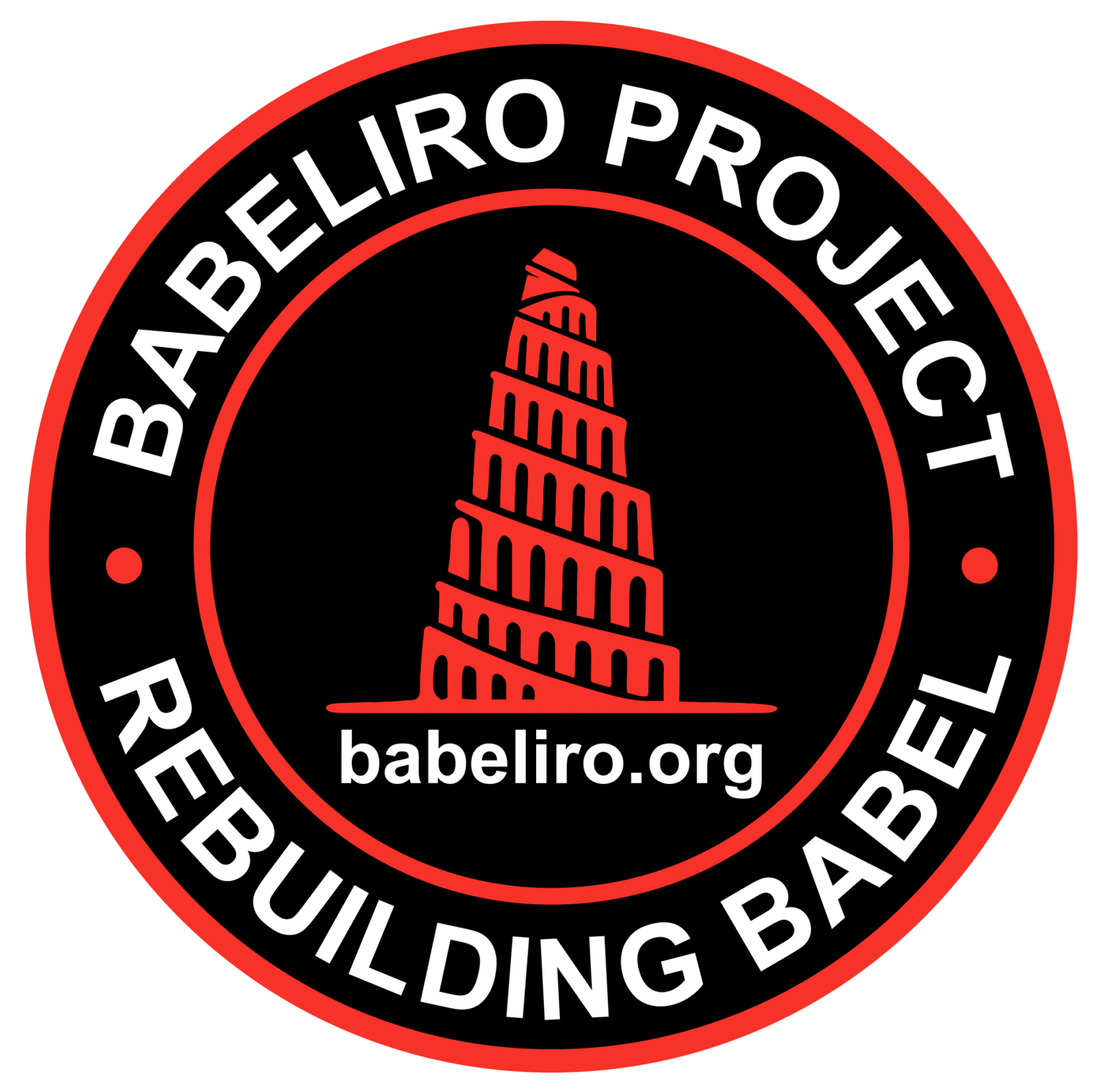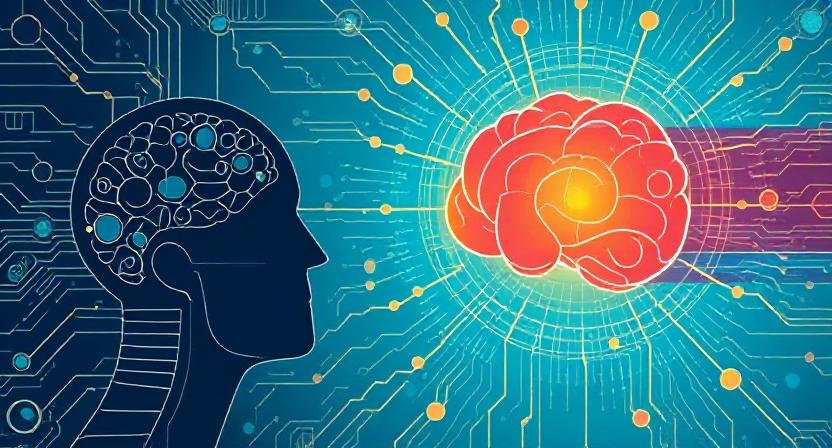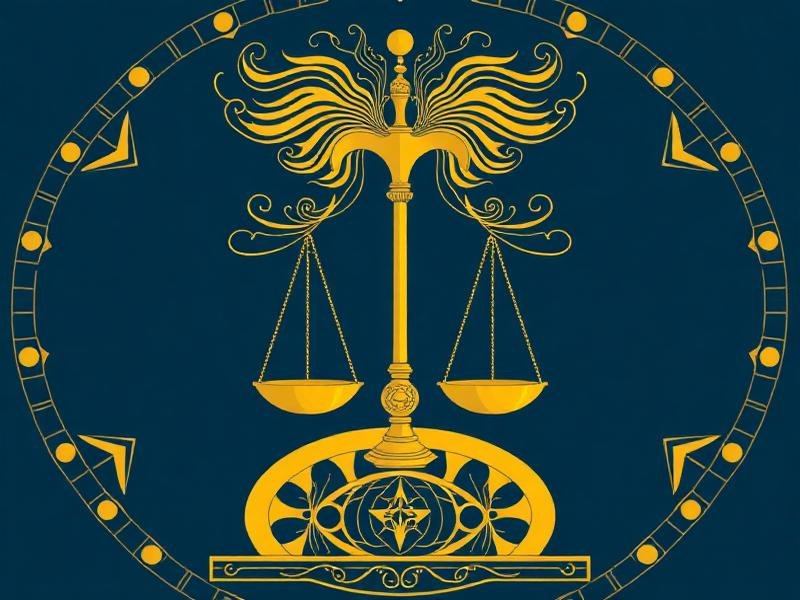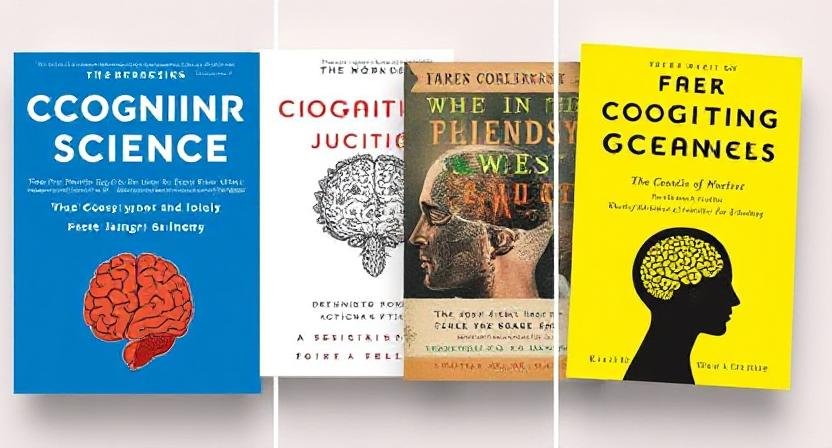Human superintelligence isn’t about remembering trivia or biohacking your body. It’s about thinking clearly, deciding wisely, and seeing reality more accurately than others. The edge doesn’t come from processing more, but from processing better — making consistently higher-quality decisions under uncertainty, pressure, or novelty.
This guide synthesizes frameworks, practices, and insights from fields as diverse as psychology, business, philosophy, systems theory, and artificial intelligence. It reflects the most cited and respected advice available today on how to evolve your intelligence through better judgment.
1. Build a Latticework of Mental Models
Charlie Munger, long-time business partner to Warren Buffett, coined the idea of a “latticework of mental models.” These are timeless, abstract thinking tools drawn from various disciplines — physics, biology, psychology, economics, statistics, and more.
The rationale is simple: real-world problems don’t arrive labeled by subject. If you only have one way of thinking, every challenge looks like a nail. But a polymathic thinker can draw from multiple models — like opportunity cost, second-order effects, regression to the mean, or feedback loops — to triangulate better insights.
Farnam Street’s “Great Mental Models” series is widely recommended as an entry point. These models let you filter noise, isolate causes, and forecast outcomes more reliably.
Action: Begin building your own model library. For each model, ask: Where else does this apply? When has it helped me think better? When would it mislead me?
2. Master Rationality: Defuse the Defaults
Cognitive psychologist Daniel Kahneman describes two systems of thinking: System 1 (fast, intuitive, emotional) and System 2 (slow, analytical, rational). Most decision errors stem from letting System 1 run unchecked.
Shane Parrish describes four “default modes” that sabotage thinking:
Ego default: protecting your self-image instead of seeking truth
Emotion default: reacting from fear, anger, or excitement
Social default: conforming without conscious alignment
Inertia default: doing what’s easy or habitual rather than what’s right
Superintelligence begins with the meta-skill of noticing when you’re not thinking clearly. That pause — to interrogate your automatic reaction — is the door to higher reasoning.
Action: When making an important decision, label your thinking. Ask: Am I acting from truth or preservation? What would a calm outsider see?
3. Adopt High-Leverage Heuristics
Great thinkers simplify the complex by using intelligent heuristics: concise rules that collapse multidimensional uncertainty into usable patterns.
Examples:
Naval Ravikant: “If you can’t decide, the answer is no.” Ambiguity often signals lack of conviction or clarity.
Ray Dalio: “Look for second- and third-order consequences.” Short-term benefits often carry hidden, long-term costs.
Jeff Bezos: Use the “Regret Minimization Framework” — fast-forward to age 80 and ask, “Which choice will I regret not making?”
Nassim Taleb: “You only need one good reason to do something. If you need more, don’t do it.” Simplicity protects against rationalization.
These mental shortcuts aren’t lazy — they’re distilled wisdom. The key is to apply them where appropriate and avoid overreliance.
Action: Maintain a personal decision log. Write down the reasoning behind major choices. Review results monthly to refine heuristics.
4. Anchor to Purpose: Think in Systems, Not Tactics
Too often, intelligent people waste cognition solving the wrong problems. They optimize locally — career hacks, minor wins — without anchoring to global intent. Shane Parrish calls this clarity “Commander’s Intent.”
This means: define what truly matters before you act. For Jeff Bezos, it’s long-term regret avoidance. For Elon Musk, it’s planetary colonization. For you, it might be freedom, depth, mastery, or contribution.
With a guiding North Star, many smaller decisions become obvious. You won’t waste energy on noise, and you’ll minimize decision fatigue.
Action: Write down your mission in 1–2 sentences. Revisit it weekly. If a decision doesn’t serve it, discard or delegate it.
5. Build Position and Optionality
Your ability to think clearly depends not just on your mind — but on your circumstances. Strong decision-makers rarely find themselves in desperate, time-sensitive corners. Why? Because they design their lives for optionality — financial slack, diversified skills, resilient networks.
Nassim Taleb’s concept of “antifragility” applies: systems that gain from chaos. You want to arrange your life so you benefit from randomness, rather than get destroyed by it.
Ray Dalio echoes this in investment strategy: create asymmetric bets (low downside, high upside). In personal terms, this means:
Avoid obligations that reduce your future freedom
Keep fixed costs low to stay nimble
Cultivate skills and contacts that open more doors
Action: Evaluate your life for fragility. What commitments are brittle? What strengths scale under pressure? What buffers do you have?
6. Engineer Your Inputs
You are a cognitive ecosystem. What you eat, read, hear, and believe shapes your long-term ability to think well.
Naval Ravikant says: “The mind is a neural network. Your thoughts are the training data.”
This includes:
People: You become like those you spend time with. Choose carefully.
Media: Reduce exposure to rage-bait, drama, and distraction. Prioritize longform, expert-sourced information.
Space: Reduce clutter and noise. Create physical and digital zones for focus and recharge.
Physiology: Poor sleep, stress, and diet impair your cognition. Dalio and others credit meditation and exercise with unlocking clarity.
Action: Audit your cognitive diet. Replace 30 minutes of low-grade scrolling with one high-quality book, conversation, or walk.
7. Reflect, Refactor, Reinforce
You don’t become wiser just by living — you become wiser by processing. Experience doesn’t teach unless reflected on. That’s why journaling, debriefing, and feedback loops are critical.
Ray Dalio turned 40 years of decisions into codified principles. You don’t need to go that far, but you can:
Keep a decision journal
Write postmortems on wins and losses
Update your personal “rules” monthly
Yudkowsky emphasizes that rationality means constantly checking your models against reality. Bayesian reasoning isn’t just for stats — it’s a mindset: “If this idea failed, what new evidence do I now believe?”
Action: Choose one major decision this month. Analyze it 30 days later. What did you get right? Where was your model wrong? Update accordingly.
Study the Architects of Intelligent Action
Learning from exemplars compresses decades into days. Study how top thinkers structure their decisions, filter ideas, and align with purpose:
Charlie Munger: Mental models, multidisciplinary thinking, inversion
Daniel Kahneman: Bias, uncertainty, slow thinking
Ray Dalio: Systems thinking, feedback loops, radical transparency
Naval Ravikant: Judgment, leverage, clarity through solitude
Shane Parrish: Structured thought, clarity under pressure
Eliezer Yudkowsky: Rationality, Bayesian updating, epistemic humility
Marcus Aurelius: Stoicism, internal control, reflection under chaos
Conclusion: Superintelligence Is Built, Not Born
There is no single hack. No magic pill. No secret that separates high-level thinkers from the rest.
Instead, there is a set of disciplines:
Mental models to interpret reality
Bias-awareness to avoid self-deception
Heuristics to reduce cognitive friction
Purpose to steer behavior
Buffers to reduce noise
Clean inputs to sustain clarity
Reflection to refine judgment
Layered, practiced, and iterated over years, these habits form a new mind.
Your task is not to be right — but to become less wrong. That is intelligence. That is progress.
Begin today: Reflect. Choose. Update. Repeat.
Recommended Reading & Thinkers:
Clear Thinking – Shane Parrish
Principles – Ray Dalio
The Almanack of Naval Ravikant – Eric Jorgenson
Poor Charlie’s Almanack – Charles Munger
Thinking, Fast and Slow – Daniel Kahneman
Rationality: From AI to Zombies – Eliezer Yudkowsky
Meditations – Marcus Aurelius








